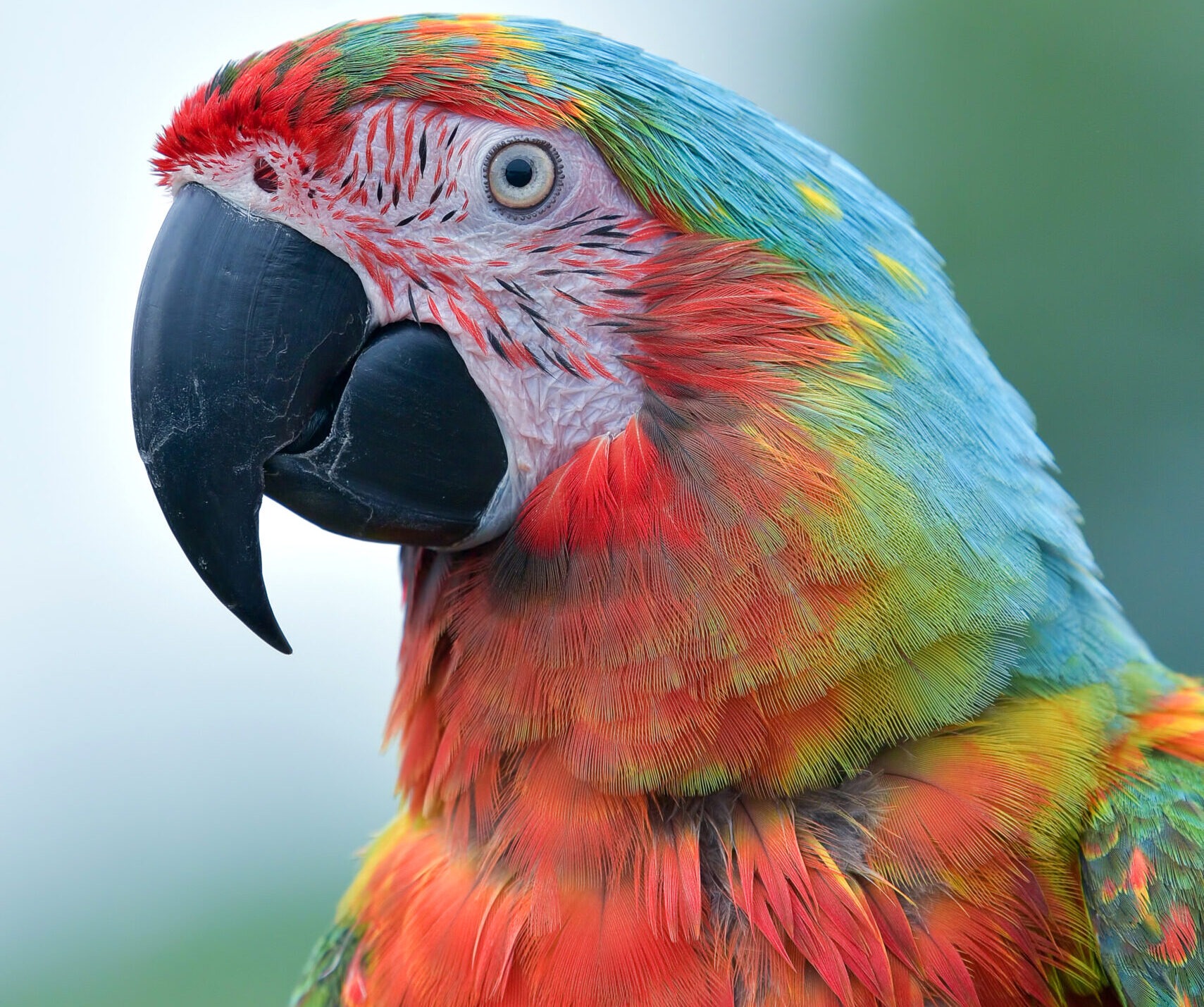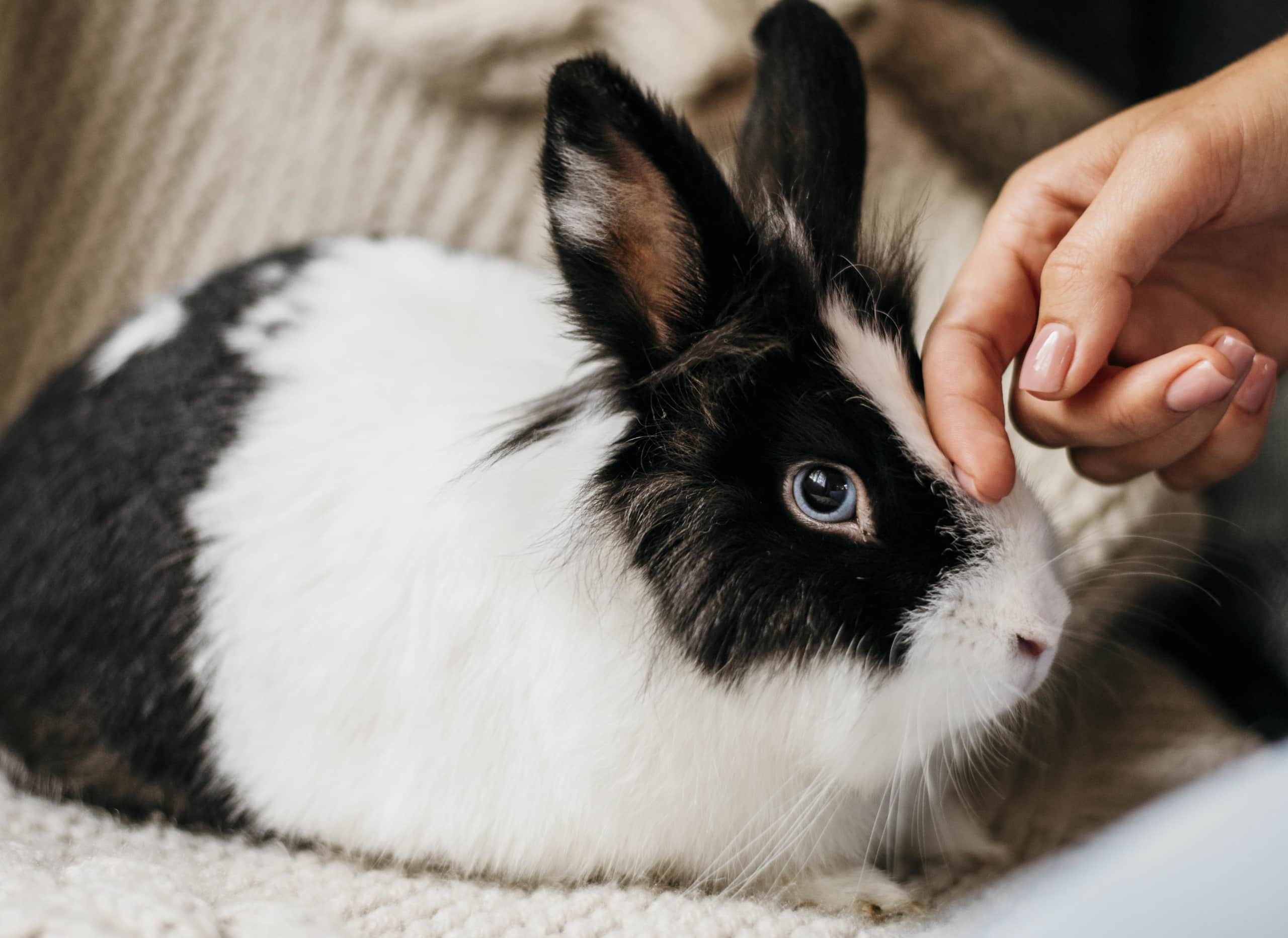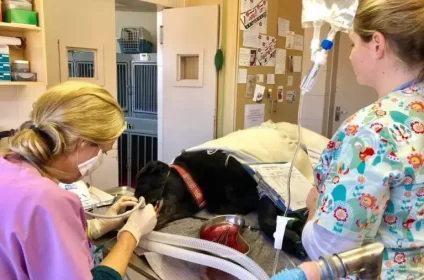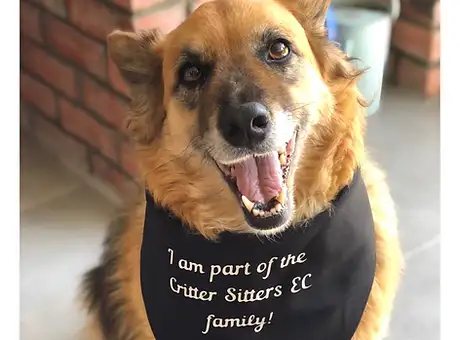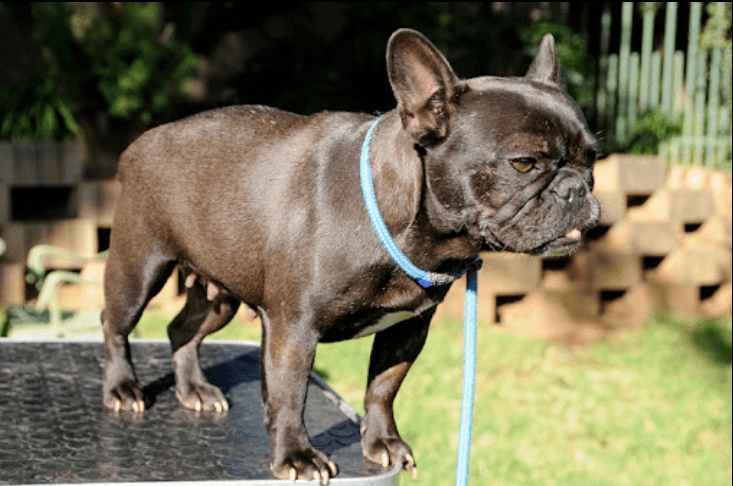Parrots, with their vibrant plumage and charismatic personalities, have long captivated the hearts of bird enthusiasts. Beyond their striking appearance, these intelligent avian companions are renowned for their incredible vocal abilities. In this article, we embark on a journey to explore the multifaceted world of parrot vocalizations and the rich tapestry of sounds that they use to communicate.
1. The Power of Imitation: Parrots are remarkable mimics, often mimicking the sounds of their environment, including human speech. From phrases and words to doorbells and phone ringtones, these feathered linguists can imitate an astonishing array of sounds, making them adept at joining in on our daily lives.
2. Conversationalists of the Avian World: Parrots can use vocalizations to initiate and maintain contact with their human caregivers. Many parrots engage in what appears to be a “conversation” with their owners, responding to questions and statements with appropriate vocalizations or gestures.
3. Emotional Expression: Just like humans, parrots express their emotions through sound. A content and happy parrot may emit melodious tunes, while distress or frustration can result in loud squawks or screams. Learning to distinguish these different vocalizations can help you better understand and address your parrot’s emotional state.
4. Contact Calls: Parrots often employ contact calls to keep in touch with their flock or human companions when they are separated. These calls serve as a form of reassurance and maintain a sense of connection.
5. Warning and Alarm Calls: Parrots are highly alert creatures, and they use specific vocalizations to signal danger or potential threats. Recognizing these alarm calls can help you respond promptly to protect your feathered friend.
6. Territory Defense: In the wild, parrots establish territories, and they use vocalizations to defend their space. Some species of parrots are known for their loud, raucous calls when protecting their territory or nest.
7. Learning the Local Lingo: Parrots in diverse regions develop distinct vocal dialects. These dialects are shaped by the sounds in their environment and the company they keep. By listening closely to these dialects, researchers can gain insights into parrot populations and their habitats.
8. Vocalization as Play: Parrots often use vocalizations during playtime. They may mimic playful laughter or engage in enthusiastic squawking during moments of joy and exuberance.
Understanding the diverse vocalizations of parrots is a rewarding endeavor for both parrot enthusiasts and owners. By paying attention to the nuances of their sounds, you can better interpret your feathered companion’s needs and emotions, ensuring their well-being and a harmonious bond between you and your talking, feathered friend.


